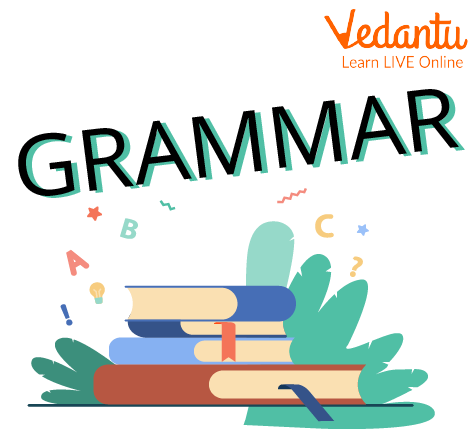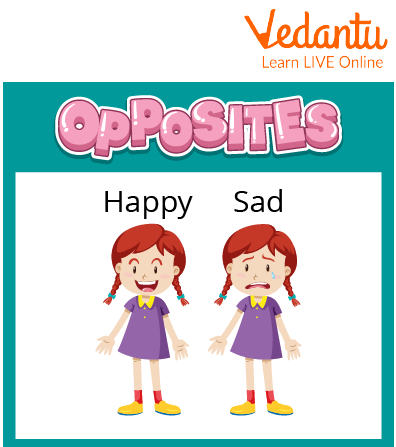Master Opposite Words in Class 2 English Grammar – 2025-26 Free PDF
FAQs on Master Opposite Words in Class 2 English Grammar – 2025-26 Free PDF
1. How can I find the correct NCERT Solutions for the exercises on Opposite Words in the Class 2 English textbook?
Vedantu provides detailed, expert-verified NCERT Solutions for all Class 2 English topics, including Opposite Words. These solutions are crafted according to the official CBSE guidelines to help students find the correct answers and understand the method for solving each question in their textbook exercises.
2. Are these NCERT Solutions aligned with the latest CBSE 2025-26 syllabus for the Class 2 English 'Mridang' textbook?
Yes, all our NCERT Solutions for Class 2 English are fully updated to match the latest 2025-26 CBSE syllabus and are specifically designed for the exercises in the 'Mridang' textbook. Our subject matter experts ensure every answer follows the prescribed curriculum accurately.
3. What are some common opposite words that a Class 2 student needs to know for their NCERT exercises?
For Class 2, students should be familiar with basic opposite word pairs that appear in their NCERT textbook. Some common examples include:
- Happy - Sad
- Big - Small
- Tall - Short
- Hot - Cold
- Day - Night
- Fast - Slow
- In - Out
4. Why is it important to learn the step-by-step method for solving questions on opposite words, instead of just memorising them?
Just memorising words can be confusing. Learning the step-by-step method helps you understand the meaning of each word first. This approach, as shown in our NCERT Solutions, ensures you not only find the right opposite but also learn how to use these words correctly, which improves your overall vocabulary and sentence-making skills for exams.
5. How do NCERT Solutions help in forming correct sentences using opposite words?
Our NCERT Solutions go beyond just providing one-word answers. For exercises that require sentence formation, they show you the correct grammatical structure. For example, after learning 'happy' and 'sad', the solutions guide you on how to write sentences like "The boy is happy" versus "The girl is sad," demonstrating the practical application of opposite words.
6. What is a simple trick to find the opposite of a new word I encounter in my Class 2 English lessons?
A simple trick is to think about what the word describes. For example, if the word is 'wet', think about what happens when something is not wet—it becomes 'dry'. You can also try to use the word in a sentence and then think of a sentence that means the complete opposite. This thinking process is a great way to discover antonyms on your own.
7. What is the correct way to answer a "Match the Following" question with opposite words as per the CBSE pattern for Class 2?
The correct method for a "Match the Following" question is to first read all the words in Column A and then all the words in Column B. Do not draw messy lines. Instead, write the word from Column A and then write its correct opposite word from Column B next to it with a hyphen in between. For example: Big - Small. This is the clear and correct format expected in exams.


















